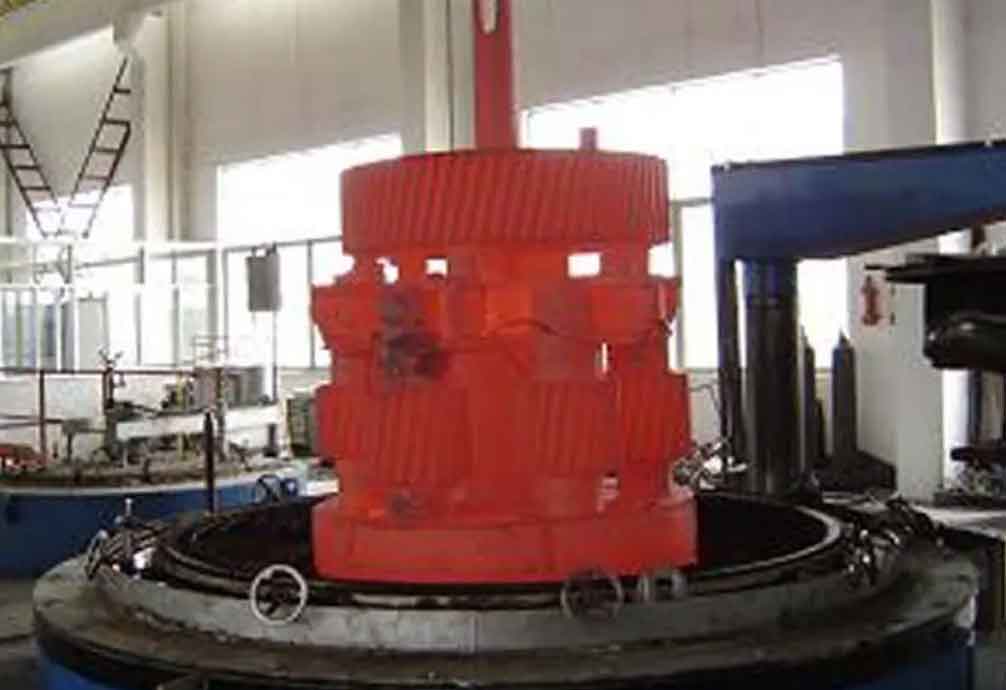Heat treatment for worm gears involves specific considerations due to their unique shape and operating characteristics. The heat treatment methods used for worm gears focus on improving their wear resistance, hardness, and overall performance. Here are some common types of heat treatment for worm gears:

- Case Hardening: Case hardening is a widely used heat treatment method for worm gears. It involves introducing a hardened surface layer to the worm gear while maintaining a relatively softer core. The most common case hardening techniques for worm gears are carburizing and nitriding.
- Carburizing: Carburizing involves exposing the worm gear to a carbon-rich atmosphere at high temperatures. The carbon atoms diffuse into the surface layer, forming a hardened case. Carburizing increases the wear resistance and surface hardness of the worm gear.
- Nitriding: Nitriding is a process where the worm gear is exposed to a nitrogen-rich environment, typically ammonia gas. The nitrogen diffuses into the surface layer, forming a compound called nitrides, which increases the gear’s hardness and wear resistance.
- Induction Hardening: Induction hardening is a localized heat treatment method suitable for specific areas of the worm gear, such as the worm thread and contact surfaces. It involves heating the specific region using electromagnetic induction and then rapidly quenching it. Induction hardening enhances the hardness and wear resistance of the treated areas.
- Shot Peening: Shot peening is a mechanical surface treatment method that involves bombarding the worm gear’s surface with small metallic or ceramic particles at high velocities. This process induces compressive stresses in the surface layer, enhancing the gear’s fatigue strength and resistance to cracking.
- Stress Relieving: Stress relieving is a heat treatment process performed after the initial hardening treatment. It involves heating the worm gear to a specific temperature below its critical point and then slowly cooling it. Stress relieving helps to reduce residual stresses that may have developed during the previous heat treatment processes, improving the gear’s dimensional stability and minimizing the risk of distortion.
The selection of the appropriate heat treatment method for worm gears depends on factors such as the gear material, operating conditions, and desired gear performance. It is recommended to consult with gear manufacturers or heat treatment specialists who have experience in treating worm gears to determine the most suitable heat treatment approach for a specific application.
